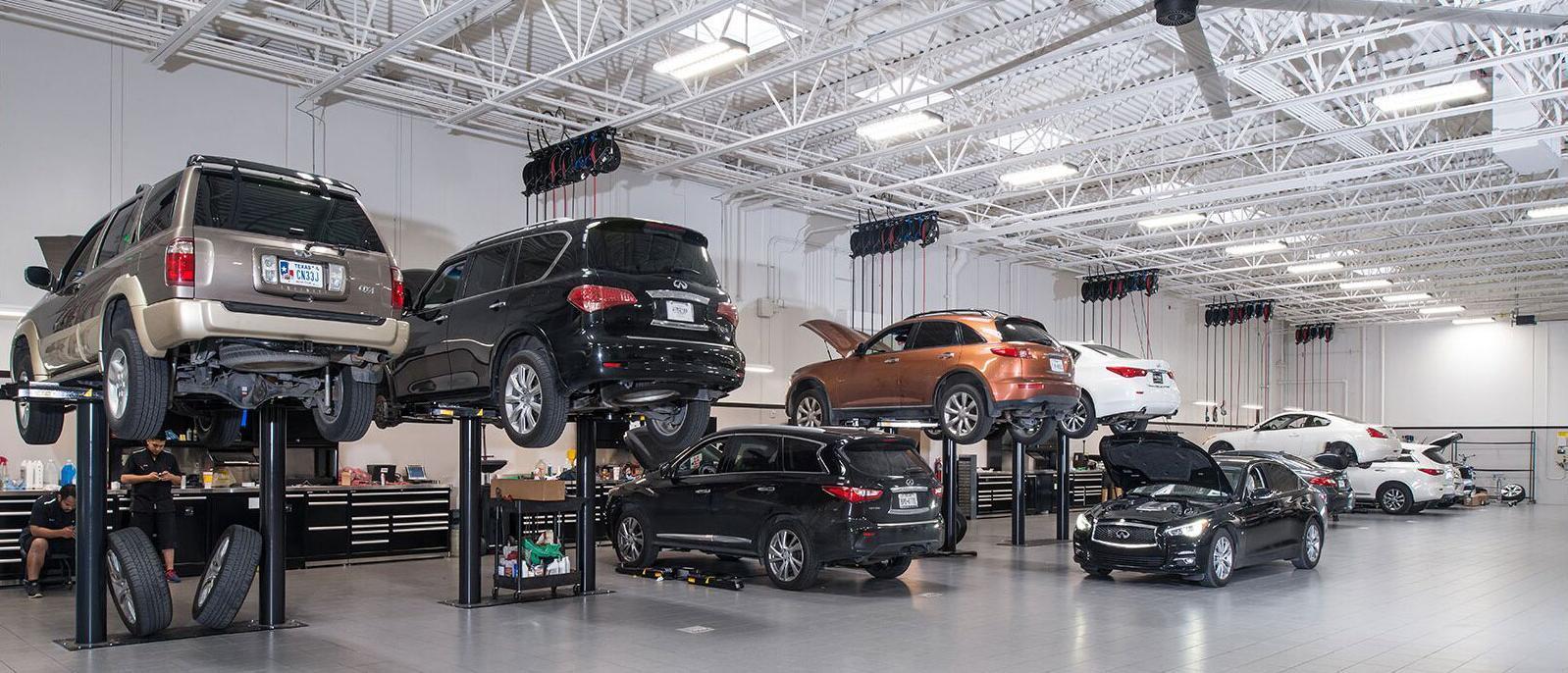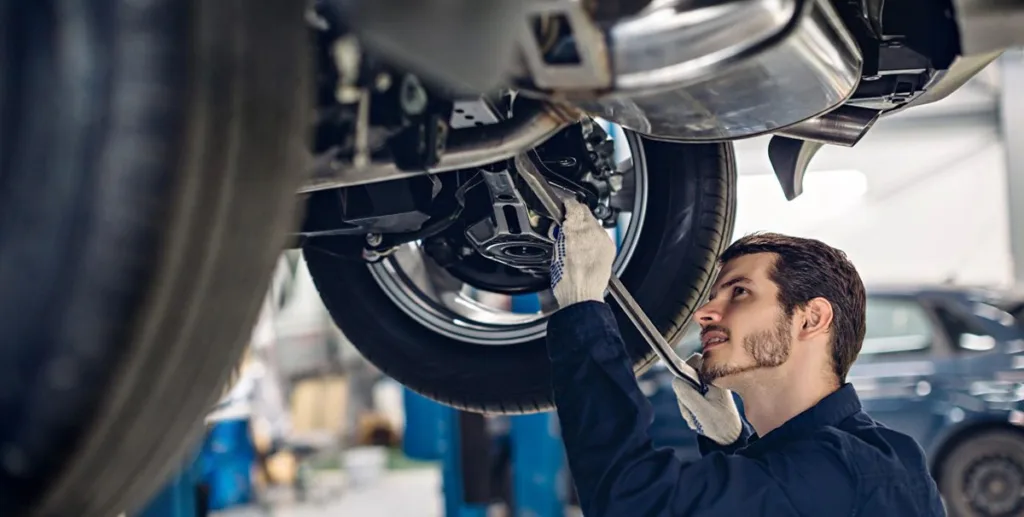All Categories
Featured

When it comes to car fixings or upgrades, one of one of the most essential decisions you'll encounter is whether to choose Original Tools Supplier (OEM) components or aftermarket components. Both alternatives offer distinct benefits and disadvantages, so comprehending the differences between them is important for making a notified choice. In this short article, we'll discover the benefits and constraints of OEM and aftermarket components to assist you determine which is ideal suited for your cars and truck.
What Are OEM Components? OEM components are produced by the very same producer that made the initial elements in your automobile. These parts are designed to fulfill the specific requirements of your auto, guaranteeing they are a precise fit and supply the very same performance as the parts that came with the lorry when it was very first built. OEM parts are frequently thought about the "factory standard" since they come straight from the auto's producer or a qualified distributor.

One of the major advantages of using OEM components is their guaranteed quality. Since these components are made to the same standards as the originals, they commonly offer an excellent fit and trustworthy performance. Furthermore, many OEM components come with a warranty, giving you tranquility of mind that you'll be shielded in case of issues.
What Are Aftermarket Parts? Aftermarket components are made by third-party makers that are not connected with your car's initial manufacturer. These parts are designed to fit a wide array of lorries and are normally more economical than OEM parts. Aftermarket parts can be utilized for routine repairs or upgrades, and they usually offer a more comprehensive variety of choices compared to OEM parts.

Furthermore, aftermarket components may provide far better performance or extra attributes not offered in OEM choices. Aftermarket exhaust systems, brake pads, and suspension elements usually use improvements in performance or aesthetics that might not be located in OEM components.
Advantages of OEM Components. Precision and Compatibility: OEM parts are created especially for your vehicle's make and version, ensuring they fit completely and perform to the exact requirements needed. Warranty Insurance Coverage: Lots of OEM components include service warranties, using coverage in situation of flaws or premature failure. Quality control: Since OEM parts are made by the initial maker, they go through the very same strenuous high quality control requirements as the parts installed in your vehicle when it was first developed. Resale Value: If you intend to market your automobile, having OEM parts can assist preserve its resale worth, as prospective customers might be much more curious about a vehicle that has actually been fixed with original parts. Advantages of Aftermarket Parts. Price Cost savings: Aftermarket components are generally more economical than OEM parts, which can be a considerable advantage if you're on a budget or want to conserve money on fixings. Range and Modification: Aftermarket components provide a broader variety of choices, including efficiency upgrades and aesthetic enhancements. For example, if you wish to raise horsepower or improve your automobile's look, aftermarket alternatives can provide special services. Schedule: Aftermarket parts are often less complicated to find than OEM parts, particularly for older lorries that might no much longer have readily available OEM components. Performance Improvements: Some aftermarket parts are developed with efficiency in mind, such as high-performance brakes, air filters, or exhaust systems. These components can boost your vehicle's general efficiency and driving experience. Disadvantages of OEM Parts. Greater Cost: The most substantial downside to OEM components is their price. They are commonly a lot more costly than aftermarket alternatives, which can add up promptly if your vehicle needs numerous repair work. Restricted Personalization: OEM components are developed to restore your car to its original specifications, implying they might not supply the very same variety of customization options as aftermarket parts. Schedule Problems: Depending upon the age of your vehicle, particular OEM parts might be more challenging to find or terminated, making repairs harder. Disadvantages of Aftermarket Components. Inconsistent Quality: While lots of aftermarket components are of excellent quality, others may be inadequately made or do not have the toughness of OEM parts. It is essential to investigate the producer and check out evaluations to guarantee the quality of the part you're thinking about. Fitment Issues: Aftermarket parts are made to fit a vast array of lorries, yet they may not constantly use the ideal fit that OEM components guarantee. This can cause setup issues or suboptimal performance. No Guaranteed Service warranty: While some aftermarket parts feature service warranties, they may not be as detailed or resilient as those offered by OEM parts. In some cases, making use of aftermarket components might also affect your automobile's guarantee protection if it's still active. Exactly how to Make a decision Between OEM and Aftermarket Parts. The choice between OEM and aftermarket parts eventually depends on your particular requirements, preferences, and spending plan. Here are a few factors to consider to help assist your selection:
Budget plan: If conserving money is a priority, aftermarket components are usually the a lot more inexpensive option. Nevertheless, be aware that more affordable parts may not last as long as OEM parts, which can lead to higher expenses later on. Vehicle Age and Condition: For more recent cars, especially those under guarantee, it's usually an excellent concept to pick OEM components to maintain the automobile's integrity and preserve its resale worth. For older autos, aftermarket components may be extra useful, specifically if the car is no more under guarantee or if you're attempting to expand its life expectancy with economical remedies. Repair Service Kind: Particular critical fixings, specifically those relevant to security (brakes, airbags, and so on), are best handled with OEM parts to guarantee the highest degree of safety and security and efficiency. For non-essential repair services or modifications, aftermarket components can provide an exceptional equilibrium of quality and cost. Performance and Modification: If you're searching for performance upgrades or distinct customization alternatives, aftermarket components may be the most effective option. Numerous aftermarket producers style components especially for enhancing your automobile's capacities, whether it's for better efficiency or aesthetic appeals. Verdict. Both OEM and aftermarket components have their cons and pros, and the ideal option depends on your certain needs and top priorities. OEM components are perfect for preserving the original high quality and performance of your car, while aftermarket components supply expense savings, customization choices, and a more comprehensive variety of options.
Latest Posts
Red Hawk Gastropub: The Ultimate Dining Spot in Twin Falls
Published Jan 08, 25
1 min read
Steps to Get an Accurate Quote for Your Secure Fencing Job
Published Jan 08, 25
0 min read
Why Japanese-Inspired Gate Designs Are Ideal for Modern Homes
Published Jan 08, 25
1 min read